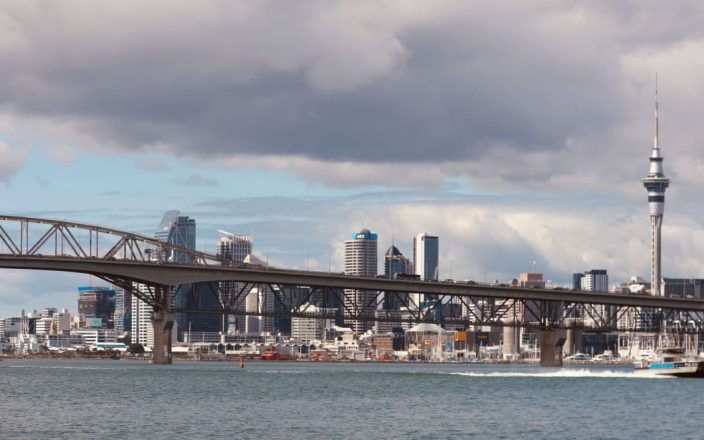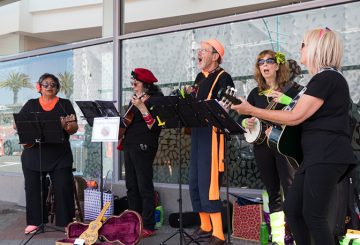Gusto ng Mayor ng Auckland na si Wayne Brown na magtayo ng bagong daungan sa pagitan ng Birkenhead at Point Chevalier, sa halip na isang lagusan sa ilalim ng Waitematā Harbour. Pinuna niya ang plano ng nakaraang gobyerno ng Labour para sa isang tunnel na maaaring nagkakahalaga ng higit sa $45 bilyon, na tinatawag itong hindi abot-kayang.
Iminungkahi ni Brown ang paggamit ng isang causeway o maraming tulay mula sa Meola Reef sa Point Chevalier hanggang sa Kauri Point sa Birkenhead. Nagtalo niya na ang likas na hugis ng Meola Reef ay ginagawa itong angkop na lugar para sa pagtatayo ng isang pagtawag, habang lumalabas ito sa daungan. Bilang karagdagan, sinabi niya na ang mga tulay ay mas mura upang itayo kaysa sa mga tunnel.
Iminungkahi niya na ang bagong tulay ay maaaring kumonekta sa lupa na pag-aari ng gobyerno sa North Shore na maaaring nahahati upang makatulong na magbayad para sa proyekto. Tinatayang ni Brown na ang gastos ng kanyang plano ng tulay ay halos 10% lamang ng gastos ng tunnel, na binabanggit na ang mga tulay ay hindi nangangailangan ng air conditioning o mga espesyal na sistema ng daloy ng hangin.
Hindi nagbigay si Brown ng isang tiyak na timeline para sa konstruksiyon ngunit tiniyak na kakailanganin ng mas kaunting oras kaysa sa paghihintay para gumawa ng desisyon ang gobyerno sa lagusan. Inihambing niya ang sitwasyon ng Auckland sa mga lungsod tulad ng London at Paris, na nagmumungkahi na ang mga bagong tulay ay maaaring makatulong na mabawasan ang trapiko sa pamamagitan ng
Nang tanungin ang tungkol sa epekto sa mga lokal na kalsada tulad ng Meola Road, kinilala ni Brown ang patuloy na gawain doon ngunit inaangkin na ang plano ng tulay ay hindi nangangailangan ng pagkapagot ng mga kalsada. Hindi pa niya tinalakay ang plano sa Ministro ng Transportasyon na si Simeon Brown ngunit nagpahayag ng tiwala sa kanyang panukala.
Binanggit din ni Brown na dati niyang sinabi sa Punong Ministro Christopher Luxon na “lubog” niya ang plano ng tunnel, na nagmumungkahi na ito ay isang mahal at nakakahiyang pagpipilian para sa gobyerno. Inaasahan niya na sinusuportahan ni Luxon ang kanyang ideya ng tulay.




























































